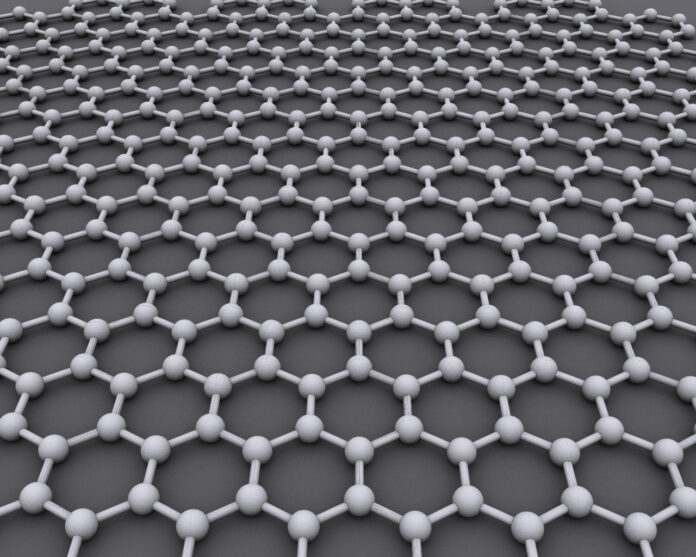A tiny new lamp made of graphene has proven to be not only the world’s thinnest light bulb, but also the worlds smallest too. In fact, the tiny graphene lamp—one atomic layer thick—is so small that it can be integrated with a computer chip. This new graphene lamp was developed by James Hone’s group of researchers at Columbia University, and led by a postdoctoral research scientist, Young Duck Kim.
“We’ve created what is essentially the world’s thinnest light bulb,…This new type of ‘broadband’ light emitter can be integrated into chips and will pave the way towards the realization of atomically thin, flexible, and transparent displays, and graphene-based on-chip optical communications.”
—Hone, James, Wang Fon-Jen Professor of Mechanical Engineering, Columbia University
An Amazing New Source of Illumination
Graphene is a form of Carbon. Some of its properties are: it is thin, it has poor heat conduction, and it is crystalline. When combined, these properties contributed to the successful design of the new graphene lamp that could be a game changer. Not only has this team of scientists finally created a lamp that can be integrated safely with computer chips, but in fact they have created something that has innumerable applications for the field of technology and innovative home and business lighting too.
White Light, Little Heat
The graphene that researchers used reached 2,500 degrees Celsius, which is hot enough to cause the strips to glow brightly enough to illuminate the surrounding area of the chip. This type of heat would generally hold the potential to damage surrounding computer chips in the same way as a filament bulb does, but it does not. Why? Because once it is hot, Graphene is a poor conductor of heat so the heat it produces stays within the filament and the surrounding computer chips remain intact and undamaged.
The Future of Light Lies in Integration
It seems that the future of the graphene lamp lies in its integration in the home and in other fields. Integrating the graphene bulb in the home and buildings would mean an actual physical integration of the lighting sources into the walls and ceilings of a home or office, rather than being separate fixtures. In terms of technological applications, graphene light will enable computer chips to process information more quickly and with less energy consumption. One of the more exciting and futuristic prospects for graphene light is that it could be used to create “flexible and transparent smartphones and tablets” so those computers, phones, and other tech toys you so covet in your favorite sci-fi romp could be in a store near you faster than the speed of light.



